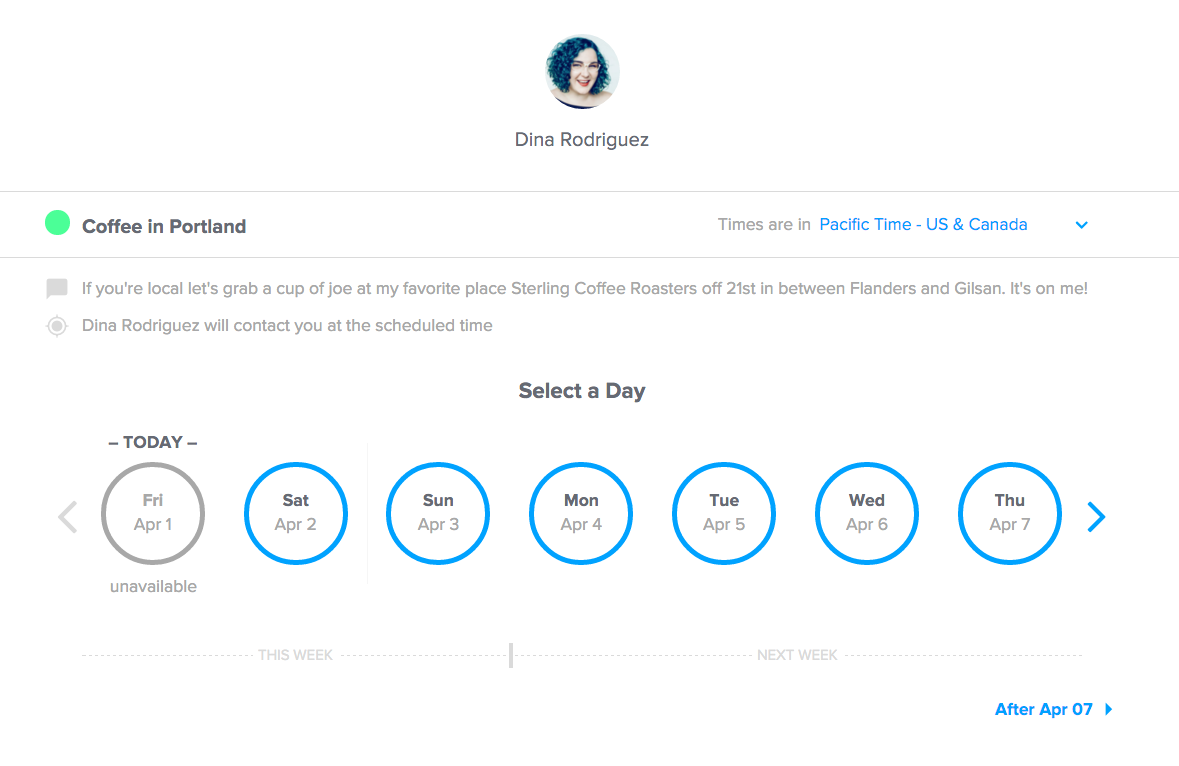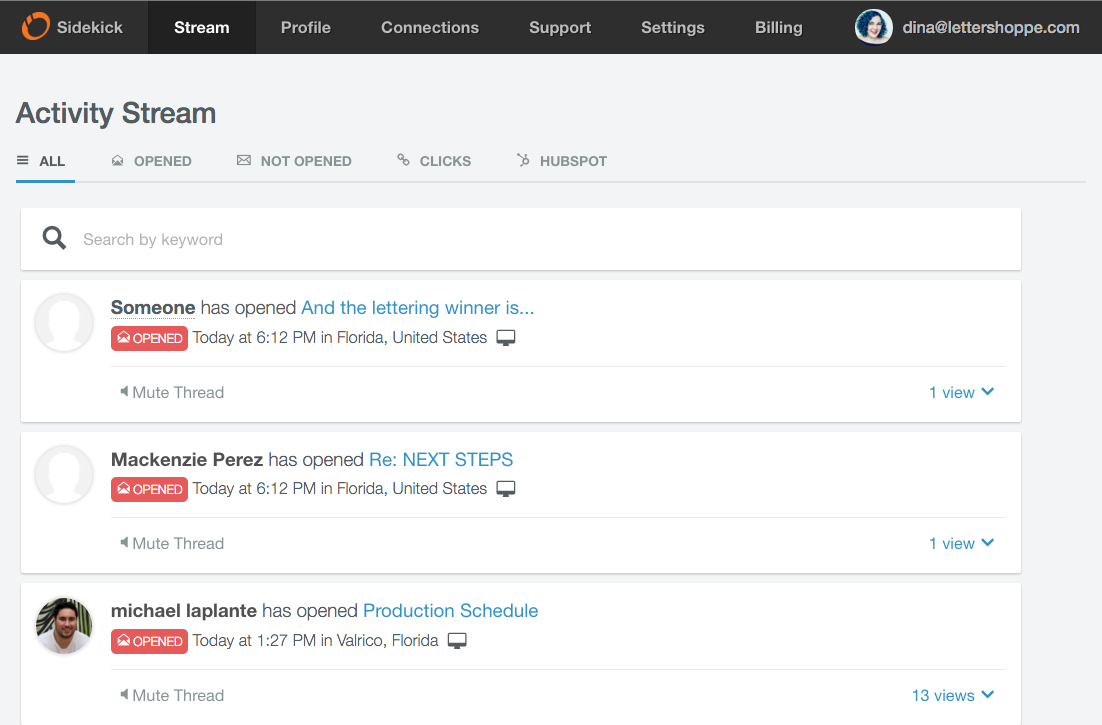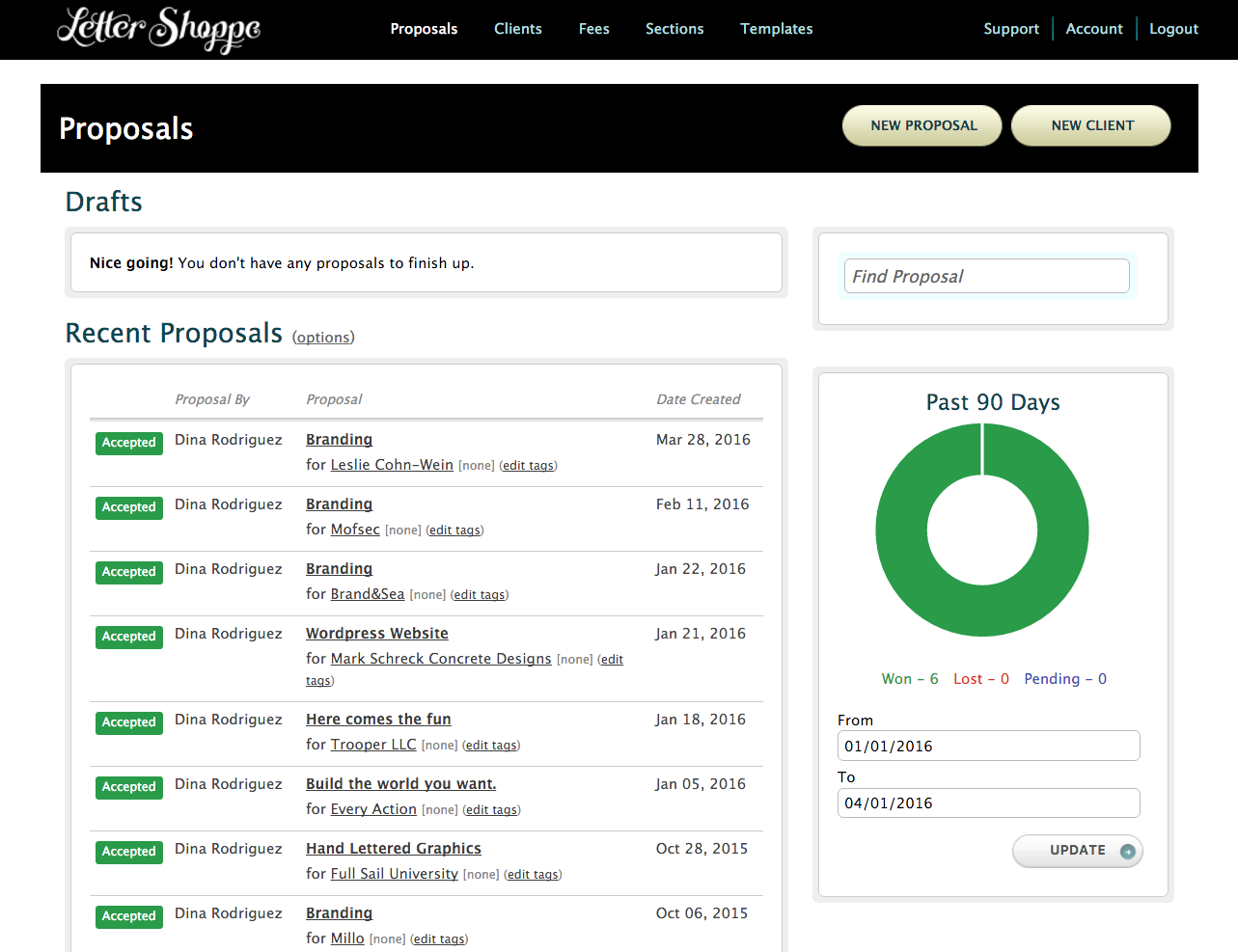One of the most important things in getting steady work is having a set client onboarding process that will transform potential customers into paying clients. Once that client inquiry lands in your inbox, you need to act quickly to guide them down your sales funnel so you can land the gig.
When a new client reaches out to me for a hand lettering project, I immediately respond and know exactly what to do. In a few pre-planned steps, I begin my process to help educate my new lead and provide all the information they would need to make a decision to hire me.
Here’s my client onboarding process that helps me get new clients every month. And did I mention that out of the ten people who fill out my questionnaire, nine of them end up working with me? That’s a 90% closing rate people! And if I can do it, so can you.
👋 Psst...Have you seen the all-new Feedcoyote yet? They've got a new look, more freelance opportunities, and the best collaboration tool for freelancers! Join over 100,000 fellow freelancers who network, find clients, and grow their business with Feedcoyote. Join for Free »
Have your process visible on your site
To attract the right clients, you need first to give them a reason to contact you. It’s not enough to just show a gallery of images for your portfolio with a short bio. You need to provide educational content on your website that’s meant to engage your ideal client. You can do this by answering questions that your potential client would need to know before hiring you.
One of the best ways to do this is to give people a run down of your general process either on your about page or with detailed case studies. Plus, showing that you have a process in the first place helps the client see you as professional because you already know what steps to take to give them what they need.
For me, I outline my process on my Request A Quote page to help inform my potential clients of how I work. I also have several in depth case studies in my portfolio, including the recent project I did rebranding the Millo logo.
I even went as far as writing a 2400 worded article titled “Why you should hire a hand lettering artist like me” that’s featured right above the fold on my home page. So there is more than one way to add content to your site in order to grab a new client’s attention.
Ask all the right questions upfront
I always have my client fill out my questionnaire before I put them in my sales funnel. This online form is perfect for getting that upfront info I need to provide a quote while helping me spot any potential red flags.
Plus by them filling it out, it shows that the client is serious about hiring me. This way I can save myself from wasting time on a customer that isn’t ready to work with me in the first place.
Once they fill out the questionnaire, there are always more questions to be answered. I take the time to understand my client’s goals entirely before I give an estimate, even if that means a few extra emails or video chats.
Most people are afraid of asking too many questions upfront thinking they will scare off clients, but I think the opposite. Asking questions shows that you care. By going more than just skin deep you can discover what people truly need for their business.
Follow up in a friendly way
If a client isn’t responding to you right away, it doesn’t always mean they are uninterested. If the client is slow to answer questions, give them some space and then follow up. People get busy, especially business owners and Art Directors, so try to be understanding of that.
At this phase, if it’s hard to get ahold of a client, try suggesting new ways of making a connection that’s better for their schedule. Not everyone likes using email, and some people might be more likely to make time for an in-person meeting or a quick phone call.
App Bonus Tip #1
Something that has been super helpful for me is using Calandy to set up meetings. It’s an app that connects to my Google Calendar, so I don’t have to go back and forth trying to nail down a meeting time. The client can just check out what times I’m available and choose a time that best works for them. Oh, technology how I love you.
Know how to sell yourself to that specific client
Once I’m ready to send a quote, rather than jumping right to the proposal phase, I write up an email giving them a detailed view of what it is like to work with me.
Proposals and contracts tend to come off as a little scary and unfriendly, so I always like to explain my approach beforehand. Aside from my specific legal terms, a client should have a clear view of everything that’s in my proposal before I even send it.

In this email, I also break down my pricing in a way that’s easily digestible instead of just throwing one big number at them. I do this by breaking up my fees and showing each task’s hourly rate along with how much time it would take to complete each phase.
This email is also a prime opportunity to give them options for payment by including add-ons so they can create the perfect design package for them. Then I will only follow up with proposal paperwork once they have approved my estimate and the way I approach projects.
App Bonus Tip #2
During this back and forth with a client it’s crucial that I reply as quickly as possible. I use an app called SideKick that lets me know exactly when someone opens my email and what links they click.
This data shows me how interested the client is and also gives me a heads up of when they might respond. That way I know to check that email sooner rather than later.
Send a friendly contract
Stop using boilerplate templates for your contracts and take the time to write your client documents in your own words. This will not only make the customer more likely to read your lengthy proposals, but it will help them understand it.
Also, it’s important that above all, your proposal introduction grabs your customer’s attention. For example, in the very beginning of my contracts I say:

“I’ll always do my best to provide solutions and ensure that my work meets your expectations but, it’s always good to put things in writing, so we each understand what’s what. This contract won’t contain any fancy legal jargon or complicated text just a simple explanation of my terms so we can have a worry free working relationship.”
Having a more personalized introduction like this can help put a client at ease, get their attention and motivate them to read further. Try to make your proposal language conversational, while still including all the terms to protect yourself.
Make your contract easy to sign
If you are sending proposals that are ten pages long and require the client to print, sign and then mail them back to you, your closing rate will severely suffer. Make your customers life easier by giving them the opportunity to e-sign the contract using programs like Shake, Bonsai or Bidsketch.
App Bonus Tip #3
I use Bidsketch which helps me build custom templates for various proposals. This program saves me a ton of time when writing proposals so I can spend less time planning, and more time working on the fun stuff.

This program allows the client to comment and make desired changes. Plus, it connects seamlessly to Harvest, so I can easily attach an invoice and start tracking my time for production.
Always get a deposit
After the proposal is signed, I immediately ask for a 50% upfront deposit. I even give an incentive that once the client pays their deposit, they can secure a spot in my production schedule.
The worst thing you can do is assume that you have a new customer and make room for them in your schedule to find out that they don’t have the funds. Or, even worse, you turned down another project because you thought you were already booked for that time.
Send a production schedule
I officially have a new client, but my onboarding process still has one more step. Right after I receive my deposit payment, I send over a production schedule so the customer knows what’s to come.
Sending out my production schedule isn’t just helpful for my clients, but also gives me the opportunity to book time in the calendar. Since I have already figured out how much time will go into this design, I can begin to block off time for production in my schedule accordingly.
You’re all set to start working
Although my onboarding process has several steps, it always results in a happy client. It might seem like a lot of upfront work to plan out your process, but it will save you so much time in the long run.
If you really communicate with your customer, you are more likely to solve their problems. These steps don’t just help make production go smoother, but they also help to make your client feel safer working with you. They have peace of mind, and you have their confidence to put out stellar work.
What does your client onboarding process look like?
I’ve shown you the behind the scenes with my personal onboarding process when working with clients, so now it’s your turn. What additional steps did I miss? Do you have any recommendations on how my process can be improved? Lets swap stories in the comments so we can become better freelancers together.
Keep the conversation going...
Over 10,000 of us are having daily conversations over in our free Facebook group and we'd love to see you there. Join us!








Thank you, Dina. What a great process. I noticed the link to your sample questionnaire was broken. Do you happen to have a new link? Thanks!
Hey Dina, have you tried using Tallyfy to both automate and track every client being onboarded? It can integrate to all the other apps you use via Zapier. Disclosure – I founded Tallyfy ESPECIALLY for client and customer onboarding.
This is invaluable information for current and prospective freelancers in the creative community. A good amount of this information I did not consider prior to reading the article. Thank you so much for your comprehensive articles.
Brilliant.
Many thanks Dina.
Client onboarding is a great topic that many freelancers don’t always think about. Some have clients via referrals which is great but do the clients really know what they are getting when that happens? I would say not all the time. Thank you for some really great information!
Hi Dina,
This is something I’m currently working on in my own business, and I love the way you break down each part of the process and show examples from your own work.
I’m struggling because I do several different types of work, so my prices and services differ from client to client. Any suggestions on how to apply your process to this situation?
You did an awesome job on the Millo logo and I am enjoying your posts on here 🙂
Sharon